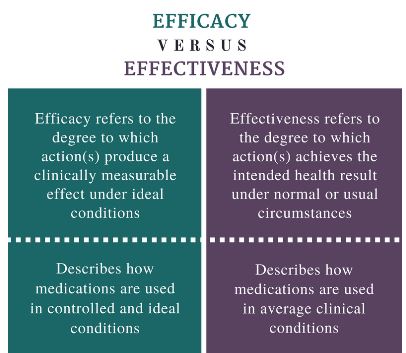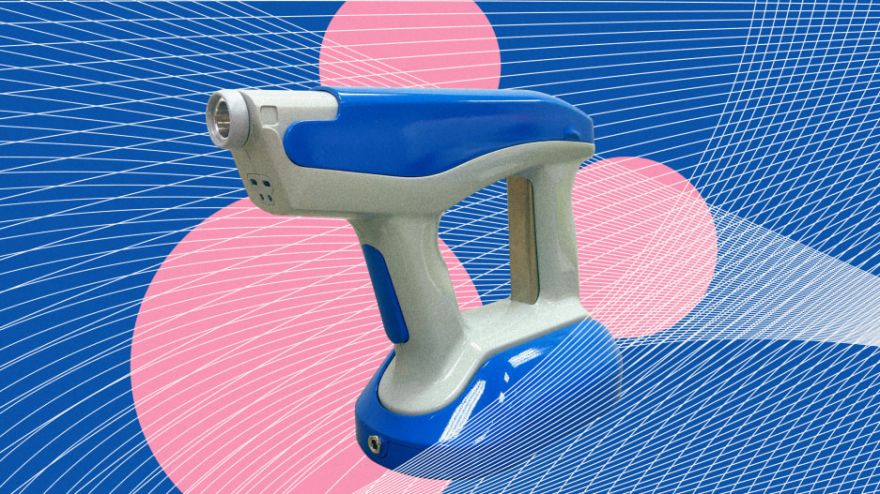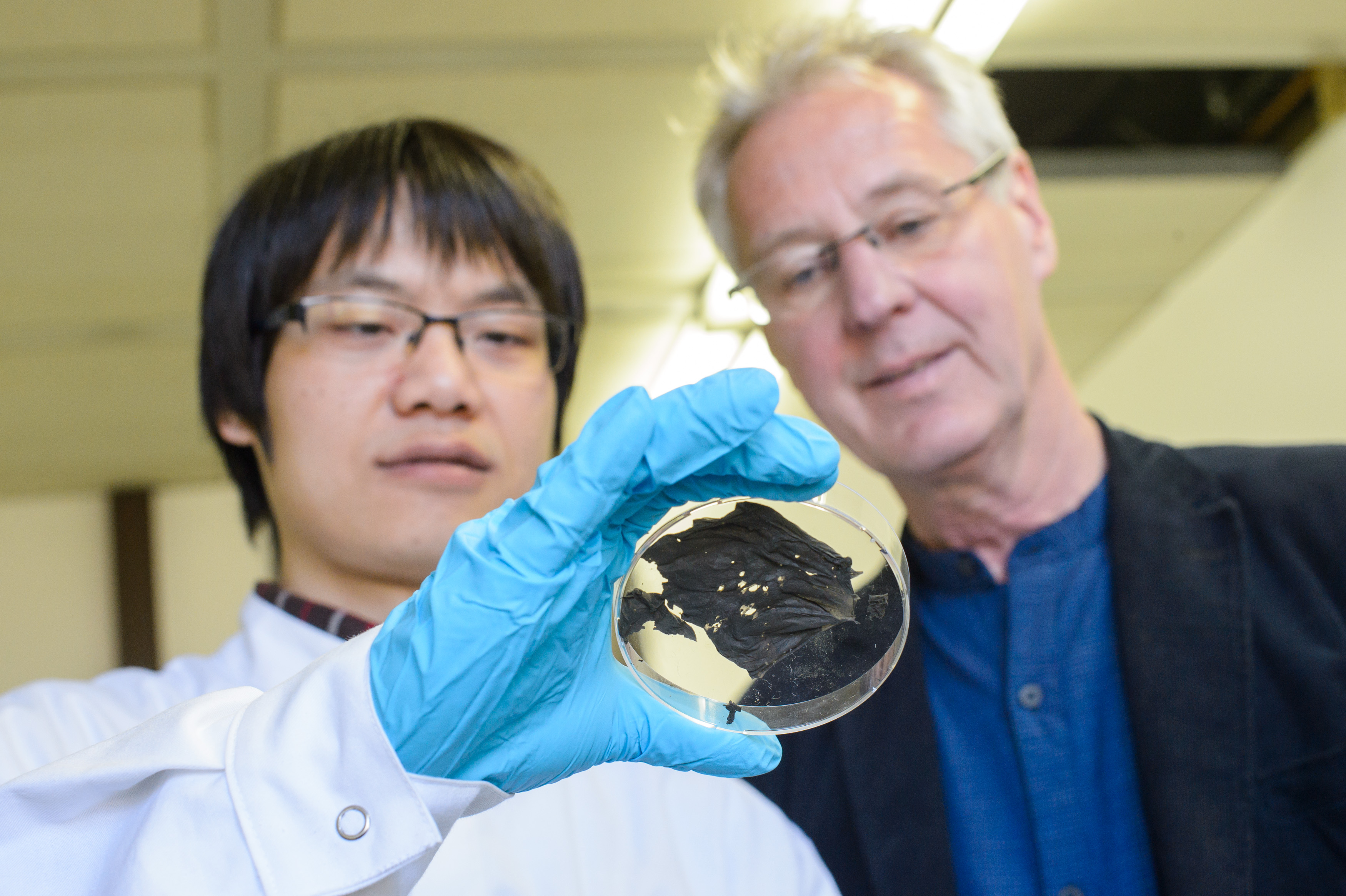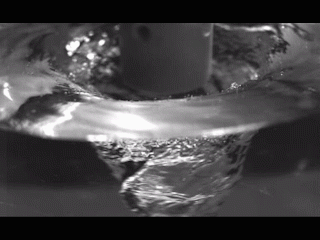An Oct. 22, 2020 news item on Nanowerk heralds a simple, inexpensive method for making your mask more protective,
The cloth masks many are sporting these days offer some protection against COVID-19. However, they typically provide much less than the professional N95 masks used by healthcare workers.
That may soon change. Recently, students from BYU’s [Brigham Young University; Utah, US] College of Engineering teamed up with Nanos Foundation [emphasis mine] to develop a nanofiber membrane that can be sandwiched between the cloth pieces in a homemade mask.
A few questions and a video
There is a video but you might find it helpful to know that when one of the students refers to OSHA she means the US Occupational Safety and Health Agency (OSHA). As for the ‘electrospinning’ I’m not sure how accessible that kind of equipment is, which calls into question how inexpensive and easy it would be to adopt this new mask insert. Fingers crossed that this will be as easy and effective as they seem to be suggesting,
The rest of the news
An October 21, 2020 BYU news release by Christie Allen, which originated the news item, delves into the technical details,
While today’s typical cloth mask might block fewer than 50% of virus particles, the membrane — which can be made using simple, inexpensive materials — will be able to block 90 to 99% of particles, increasing effectiveness [emphasis mine] while preserving breathability.
The membranes are made through a process called “electrospinning,” which involves dissolving a polymer plastic in a solution and then using an electrical current to move a droplet of the polymer downward through a needle. As the droplet accelerates, it stretches into a very small fiber that retains a static charge.
“Those nanofibers randomly land on a collector to create a sort of non-woven mesh,” said Katie Varela, a BYU mechanical engineering senior on the project team.
The remaining charge in the fibers is beneficial, she explained, because virus particles also have a static charge. “When they come close to your mask, they will be statically attracted to the mask and will not be able to go through it, and so it prevents you from inhaling viruses.”
In addition to the dramatic improvement in efficacy [emphasis mine], another key benefit of the nanofiber masks is that unlike traditional N95 masks, which have a reputation for being hot and stuffy, they allow for the circulation of (filtered) air, water and heat.
“Not only is it hard to find an N95 mask these days, but the best mask is useless if you won’t wear it,” said Will Vahle, director at Nanos Foundation. “Our nanofiber membranes are six times easier to breathe through than existing N95 masks, making them cooler, drier, and more comfortable.”
The group plans to make the instructions for creating the membranes open source. They hope that non-profit organizations will use the instructions to set up local sites where people can bring in their masks to be fitted with a membrane. They also hope other engineers will use their work as a springboard to produce more effective filters.
“We had our own proprietary nanofiber production process,” said Vahle of the project’s origins, “but we realized, hey, we have some expertise in this — why don’t we get this together and release a version that anybody can do?”
When Vahle and his colleagues approached BYU to collaborate on the project, BYU “jumped at the opportunity,” Vahle said. In addition to providing funding and facilities, the university connected the company with “fantastic students, who’ve really demonstrated an incredible work ethic and a drive to help people in need.”
Using cutting-edge science to make an immediate positive impact has also been highly valuable for the BYU students on the project.
“This experience makes things very real,” said Varela. “I’m really glad that I’m able to help with this fight against COVID-19 to help people all around the world and in my community.”
I’ve highlighted ‘effectiveness’ and ‘efficacy’, which are not synonyms although they’re often used that way. I can recall being quite surprised on discovering they were not, since I had, up to that point, confused them for many, many years. There’s a good description of the differences in a November 17, 2018 posting on the Public Health Notes website,

So, the difference is between controlled environments for efficacy and real life for effectiveness, in this case, a mask.
Can you get one of these improved masks?
The Nanos Foundation has a dedicated 95+ Mask webpage answering that question,
Worldwide Accessibility
Current technology has not been updated since the 1970s. The Nanos technology is inexpensive, portable and accessible.
Our Open-Source process turns common plastics into highly effective respiratory PPE [personal protective equipment].
‘Electrospinning’ nanofibers onto common cloth turns the cloth into a filter → sew the cloth into a mask to produce an effective top notch respirator.
You can use our designs, or bring your own design – 95+ is about the nanofiber membrane that turns the ‘cloth face covering’ into a respirator. Just make sure to use a design that creates a good seal or fit against the face.
…
The 95+ Process Requires Only A Few Simple Things
The kinds of things that can be easily found, like an old television, paint thinner & recycled plastics
…
I didn’t find any instructions for how to ‘electrospin’ with an old television, paint thinner, and plastics to make the nanofiber membrane. Perhaps one is required to donate before receiving instructions.
Interestingly, Nanos Foundation has three locations:
- Greenville, AL, USA
- Providence, RI, USA
- Montreal, Canada
I was not expecting a Canadian connection.
Efficectiveness?
While this ‘easy to produce’ plastic insert seems very useful, it’s not clear to me what happens when the mask has to be washed or cleaned in some fashion. How long these nanofiber membranes active? Do we have to keep replacing the nanofiber membranes thereby adding more plastic to the environment?


